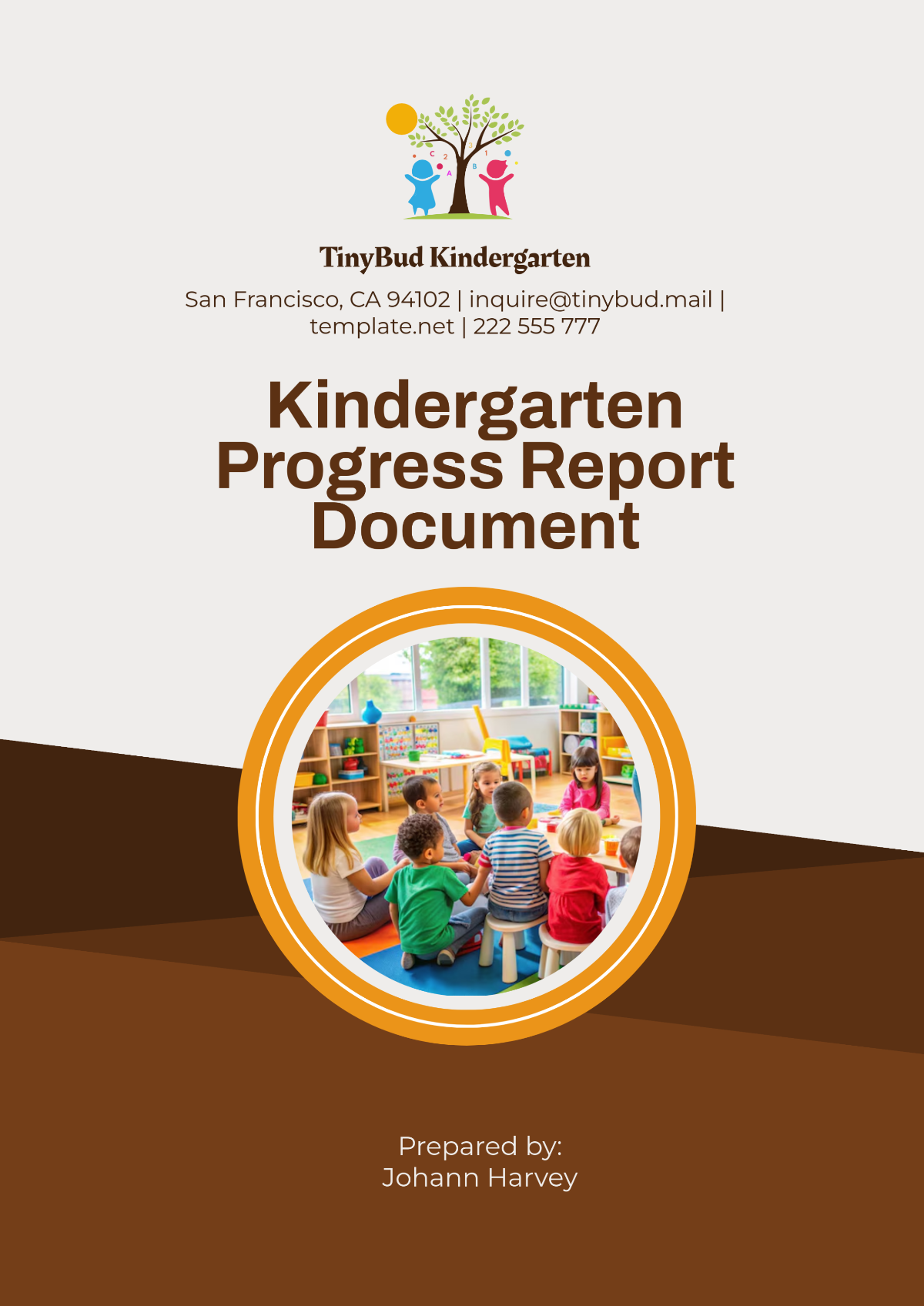6th Grade Lab Report
Name: [Your Name]
Grade: 6th Grade
Subject: Science
Date: [Date]
I. Abstract
This experiment investigates the concept of density by examining how it varies among different liquids. Density, the mass per unit volume of a substance, is a fundamental property that influences various physical phenomena. By comparing the densities of liquids such as water, vegetable oil, honey, and dishwashing liquid, students gain insights into the relationship between mass and volume and understand the practical applications of density in everyday life.
II. Materials and Methods
A. Materials
Water
Vegetable oil
Honey
Dishwashing liquid
Graduated cylinder
Beaker
Stopwatch
Small objects for sinking test (e.g., plastic beads or coins)
B. Experimental Procedure
Measure equal volumes (e.g., 50 ml) of each liquid using a graduated cylinder.
Pour each liquid into labeled beakers.
Use a stopwatch to time how long it takes for a small object to sink to the bottom of each liquid.
Record observations and measurements in a data table.
Calculate the density of each liquid by dividing its mass by its volume.
III. Results
The experiment yielded the following average sinking times for each liquid:
Liquid | Average Sinking Time (seconds) |
|---|---|
Water | 10 |
Vegetable oil | 20 |
Honey | 30 |
Dishwashing liquid | 15 |
IV. Discussion
The results demonstrate that liquids with higher densities, such as honey, exhibit longer sinking times for objects compared to liquids with lower densities, such as water and dishwashing liquid. This is because denser liquids exert greater buoyant forces on objects, making it more difficult for them to sink. The observed differences in sinking times provide a practical illustration of how density affects the behavior of liquids.
The experiment also encourages the exploration of the density of everyday liquids in various contexts. For example, density plays a crucial role in determining whether objects float or sink in liquids, influencing phenomena such as buoyancy and flotation. Understanding density also has practical applications in fields such as engineering, chemistry, and materials science.
V. Conclusion
In conclusion, the experiment offers valuable insights into the concept of density and its practical applications. By measuring and comparing the densities of different liquids, students gain a deeper understanding of how density influences the behavior of substances in various contexts.
Through hands-on experimentation, it can be observed how liquids with higher densities exert greater buoyant forces, affecting the sinking times of objects. This reinforces the fundamental principle that density is a measure of mass per unit volume and highlights its significance in determining whether objects float or sink in liquids.
Furthermore, the experiment provides reinforces the relevance of density in everyday life and scientific disciplines. Understanding density is essential for a wide range of applications, including designing flotation devices, analyzing materials in engineering, and studying oceanography.

















































